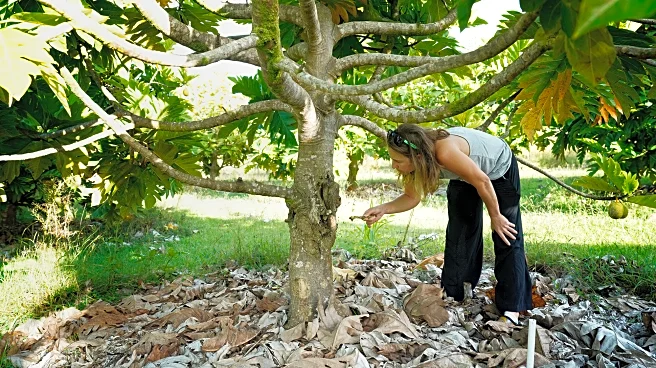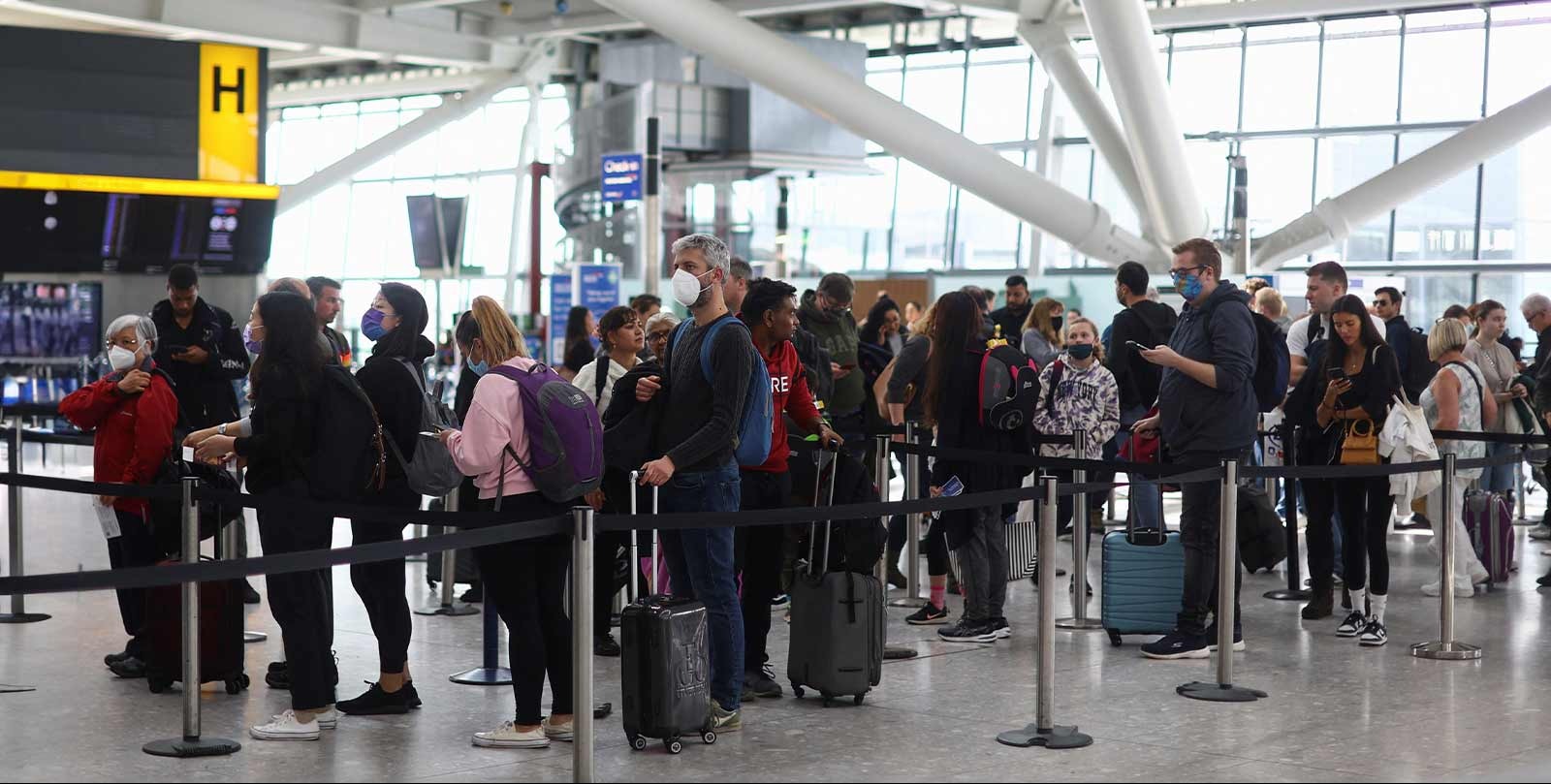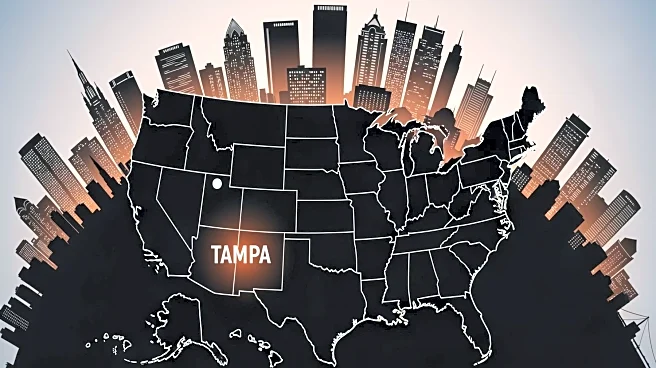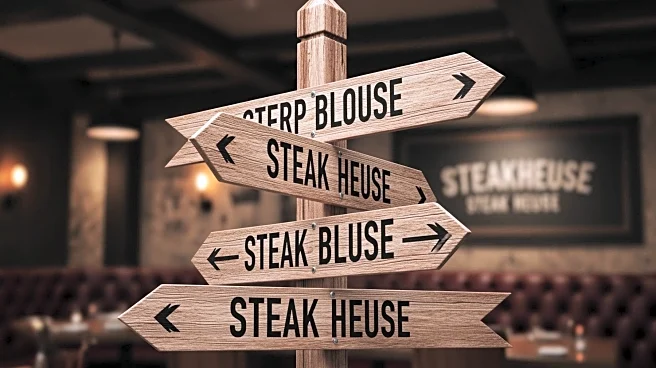It’s been just over one year since Lavaloha farmer Daeus Bencomo found telltale signs of Queensland longhorn beetles on his 30 acres of cacao: penny-sized boreholes, the larvae’s sawdust-like waste and mucus
seeping from scarred trees.
Unlike the coconut rhinoceros beetle, which has now spread throughout the state but mostly just targets coconut trees, this lesser-known invasive beetle is threatening to eat its way through a laundry list of Hawaii’s most prized trees after years of isolated-but-devastating impacts on Hawaii island farms.
Farmers have tried to contain the native Australian beetle, first found in Puna in 2009, but it has since marched north through Hilo and across the Hamakua Coast, decimating cacao, avocado, citrus, ulu and kukui trees along the way.
Invasive species experts fear the Queensland longhorn beetle could spread statewide without additional focus and funding. Meanwhile, the federal agencies that have led efforts to find a solution have been furloughed by the government shutdown, further stoking concerns.
“It’s really a knife to the heart,” says Franny Kinslow Brewer, program manager for the Big Island Invasive Species Committee, on seeing emerging ulu and cacao industries beset by the beetle.
Farmers are generally pessimistic about the state helping. That sentiment stems from the Department of Agriculture and Biosecurity’s track record of failing to stop the coconut rhinoceros beetle.
The Queensland beetle has an appetite for nearly 20 different tree species, Kinslow Brewer said. Among those at risk are the native and culturally important kukui — the state tree since 1959 — and breadfruit, known as ulu, along with cacao and other species with high economic potential.
Bencomo took extreme measures upon finding the beetle, cutting down mature trees, amputating limbs and burning the remains out of fear the beetle might spread on his farm in northwest Hilo. He and Lavaloha staff have refined their methods but have still lost upward of 200 cacao trees and close to 30 kukui trees since Oct. 16 last year.
Walking through one of the farm’s cacao groves late last month, old and new damage is easily identified thanks to yellow caution tape left by harvesters who, upon finding suspected infection, wrap the trees so they can come back and treat them.
With a knife, Bencomo shaves dead bark from wounds left by the beetle’s larvae before realizing there’s another bore hole on the trunk — a sure sign that the tree’s fate is worse than losing a limb.
The Australian insect lays its eggs in bark. When they hatch, the larvae can grow for months by eating through the tree’s cambium layer between the bark and wood.
“That cambium layer is like the transportation network for all the nutrients,” Bencomo said. “It’s not as bad when it’s just on one branch; I can lop the branch off and burn it. But the actual trunk? I have to stump it.”
Bencomo has seen the larvae run a ring around the trees’ trunks, which effectively suffocates them. Anything above the girdled area dies.
Luckily cacao can survive after being trimmed back, shooting new branches out from below the cut line. But for farmers like Bencomo, the loss is significant — about $1,000 per tree, per harvest, he says. It takes about five years for a tree to start producing again.
Lavaloha has about 9,000 trees, making it one of the state’s biggest cacao operations. He has dealt with other pests in the past, such as feral pigs and Chinese rose beetles, and awaits what he sees as the inevitable arrival of coconut rhinoceros beetles.
Between drought, high winds and pests, he says he has lost about 1,000 trees since 2022. “At one point, I was waking up every day saying, ‘What am I killing today?’” Bencomo says.
Bencomo, vice president of the East Hawaii Cacao Association, says cacao farmers have feared the beetle’s spread for years.
Because the cacao community had discussed its behavior and potential control methods, the farm has managed the pest to a certain extent, but it still lacks an efficient method of controlling its spread.
The beetle has moved into the Hamakua Coast, including Papaikou cacao farmer Dan Corson’s property, where it has infected an estimated 75% of his trees.
“We’re really, really scared,” Corson said. “It’s driving me insane.”
Farmers from Kurtistown in Puna to Honokaa more than 50 miles north are familiar with most pests and how to deal with them, but less is known about the Queensland longhorn beetle.
The beetle is not invasive in other parts of the world so it hasn’t been researched as much as the coconut rhinoceros beetles that plague Hawaii, a longtime focus of researchers across the Asia-Pacific region.
The Pacific Basin Agricultural Research Center in Hilo developed one of the few controls the farmers have to combat the Queensland beetle. It involves using locally sourced nematodes -- microscopic worms — that seek out larvae in trees and kill them. But demand has outpaced how much the U.S. Department of Agriculture research center and local invasive species committee can produce.
The federal government recognized the Queensland beetle’s potential threat to the almost $3 billion American citrus and hardwood industries. U.S. Sen. Brian Schatz sounded the alarm in 2019 in a letter to the USDA and Department of Interior.
“The threat … is still confined to a fairly limited area on Hawaii Island,” Schatz wrote. “Should it spread and establish across a wider U.S. geography, its impacts could be quite severe, particularly in Florida, where Hawaii experts believe that the hot, humid climate could be conducive to its growth and colonization.”
Within four years, the beetle was found as far north as Honokaa, according to a U.S. Geological Survey study.
The USDA had planned to increase nematode production in recent months but production has stalled amid the federal government shutdown. The work has proven to be the most effective way of controlling the pest.
Applying the nematodes requires farmers to inject them into boreholes with a syringe — a labor intensive process for many of the cacao and ulu farmers who have hundreds or even thousands of trees.
For farmers like Bencomo, that treatment helps for a couple weeks, while others report it lasts up to one month.
Corson, who runs Hamakua Chocolate Farm in Papaikou, visited Queensland soon after discovering the beetle on his farm, hoping Australian cacao growers could help. He learned there is either a natural predator in Australia or more desirable plants for the beetles to eat there, so it hasn’t been a problem that farmers there have had to address.
But in Hawaii, he said, “It’s like a kid in a candy store.”
That equilibrium appears to be happening around Puna, according to Stacey Chun, acting state biocontrol section chief in Hilo. Chun was among the experts who identified the pest after the first beetle was taken to him in 2009, before its population ballooned in 2014.
It was officially designated a pest in 2018, when he received about 100 calls from concerned farmers during the beetle’s breeding season. This past season, he received 10-15 calls, which he attributed to the species finding its place in the ecosystem.
A new, naturally occurring fungus has been found alongside some dead larvae, which Chun hopes means the pest won’t spread as widely as coconut rhinoceros beetles.
“We have no evidence, but my assumption is there’s at least a dozen other Cerambycidae or longhorned beetle species,” Chun said. “Why don’t they go rogue? There’s something controlling these other populations.”
Farmers and invasive species workers have come to believe kukui, cacao and ulu are the beetle’s top three choices to lay eggs, especially when the trees are older. Each is important for economic and cultural reasons in Hawaii, they say, and a reason to inject more money into research.
The Hawaii Legislature has begun allocating more resources to protect the state’s agriculture and environment, including $26 million for biosecurity programs and additional staff. Most of that funding focuses on pests like coqui frogs, the coconut beetle and little fire ants.
The Hawaii Invasive Species Council, an independent interagency group, received $7.25 million during the past legislative session for its operations. The council, which helps fund each island’s invasive species committees, allocated $55,000 to beetle research at the University of Hawaii.
In the meantime, the Big Island Invasive Species Committee continues to rear, raise and distribute nematodes to farmers but is struggling to keep up, according to manager Kinslow Brewer.
Authorities are also on the lookout for it now at airports. The beetle was intercepted once in Hilo, according to state biocontrol worker Chun.
Kurtistown orchardist Debbie Ward experienced the influx of little fire ants on the Big Island in 1995, while working as a University of Hawaii agricultural extension agent. She says that problem could have easily been resolved had the Legislature funded the work. She’s among those who fault many state lawmakers’ Oahu-centric attitudes that she feels gives neighbor islands short shrift.
Lawmakers have given the Department of Agriculture and Biosecurity the power to declare an emergency to stop the movement of certain pest-harboring products, such as mulch.
“We’ll see if it works, but it’s too late,” Ward said. “The horse has left the barn.”
The department is developing a way for groups to lobby its board so the state can better manage pests.
That may help for situations like those on Molokai, where a group of concerned residents persuaded the state agriculture board to stop the movement of host material for coconut rhinoceros beetles to their island — one of the few places the beetle hasn’t reached.
Colin Kuwahara planted about 200 ulu trees seven years ago as part of his retirement plan, which included ending his career as a heavy equipment operator, tending his breadfruit and selling it to the Hawaii Ulu Cooperative. He’s already had to cut five or six trees down because of the Queensland beetle.
“It’s kind of discouraging,” he said.
Kuwahara has been working 10-hour shifts as he approaches retirement, so finding the time to apply hard-to-get nematodes tree-by-tree is difficult. It’s a feeling shared by many of Hawaii’s farmers.
Breadfruit cooperative CEO Dana Shapiro says Kuwahara’s situation is common for farmers across the state as they contend with the cost of living and economic viability of farming.
“People are waiting to retire to be full-time farmers,” she said.
Kuwahara’s trees should be producing more by now — somewhere between 250 and 500 pounds per tree, per year — were pests not stunting growth. Even with 160 trees, there’s not enough fruit worth harvesting to sell to the cooperative, Shapiro said.
“The biggest risk to the industry is invasive species,” Shapiro said. “If farmers had all the resources in the world, they could fight (the beetle) or keep it at bay.”
Farmers are already stretched so thin though, she said, “they just don’t have the bandwidth to deal with these additional problems.”
___
This story was originally published by Honolulu Civil Beat and distributed through a partnership with The Associated Press.













